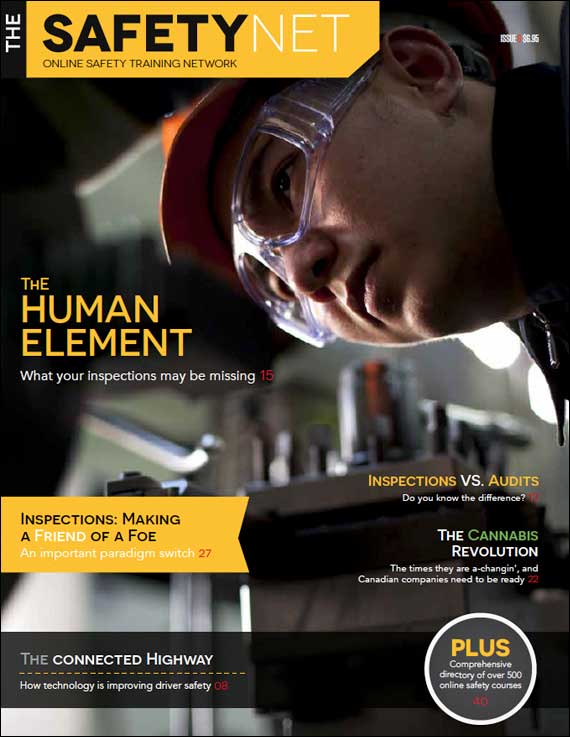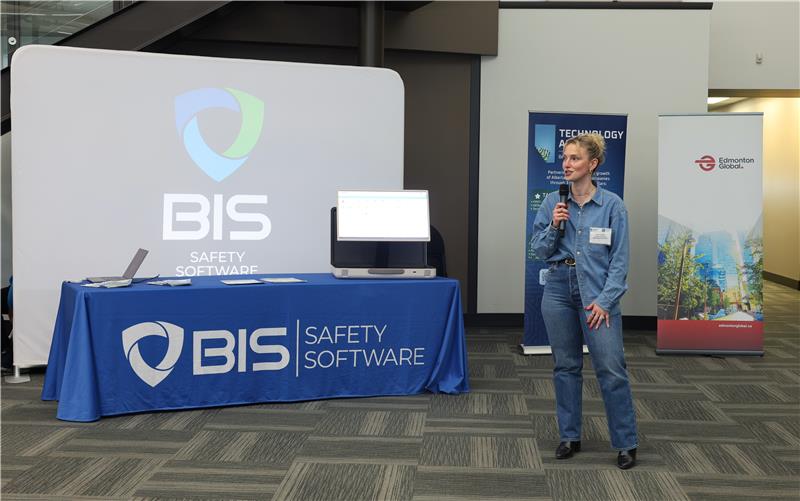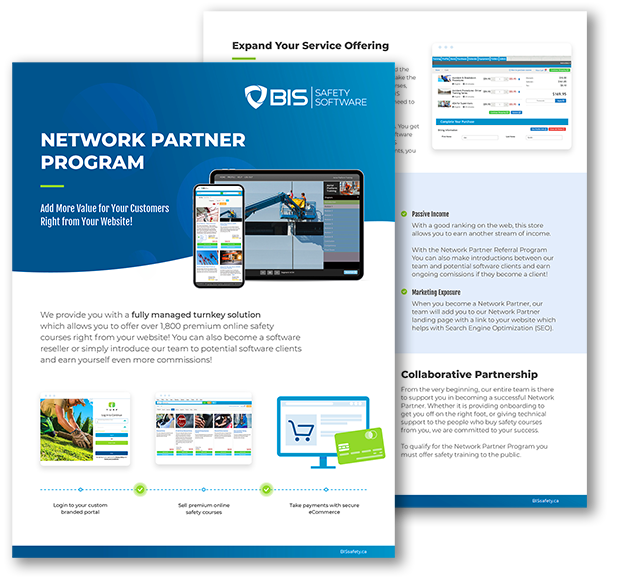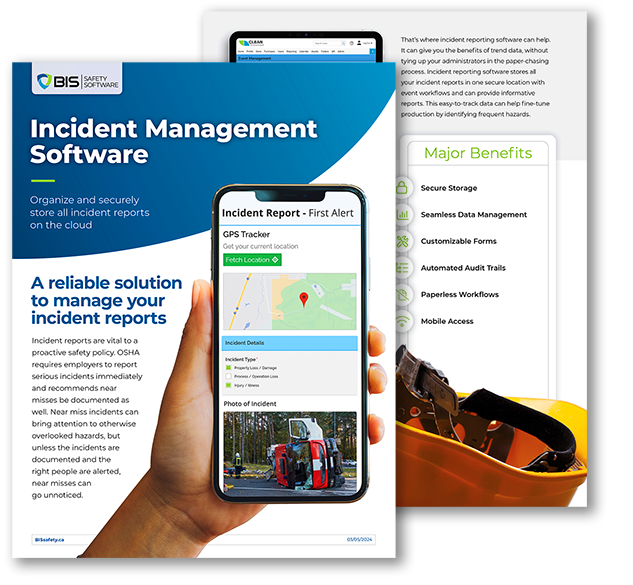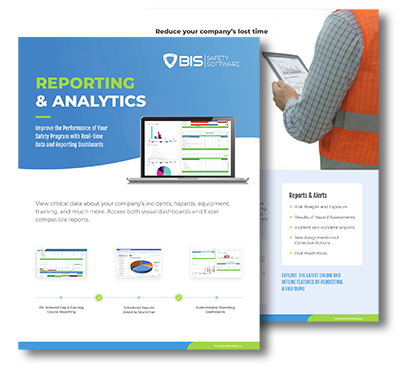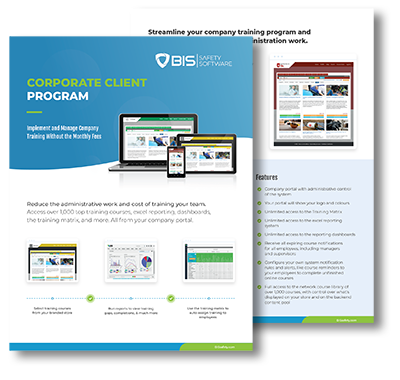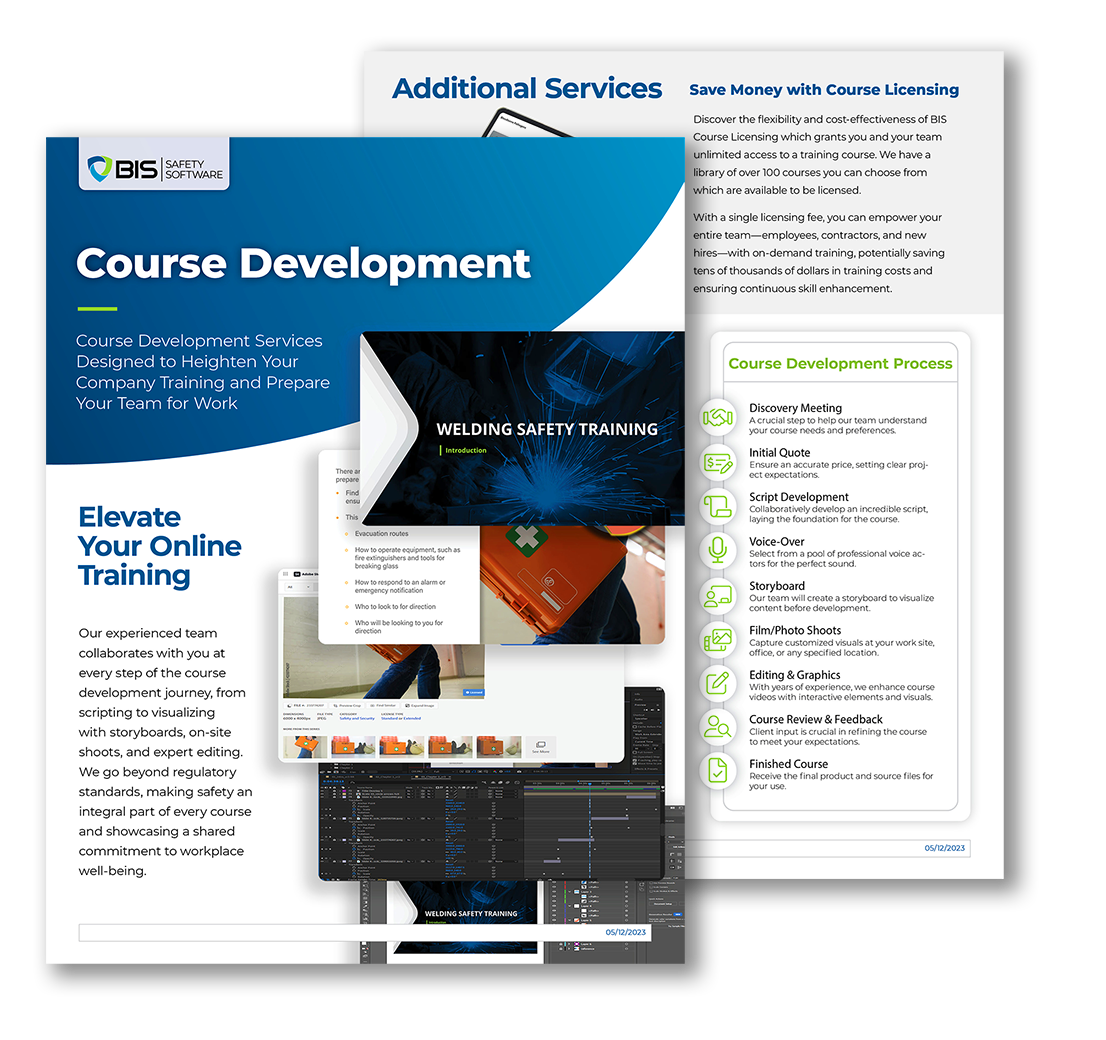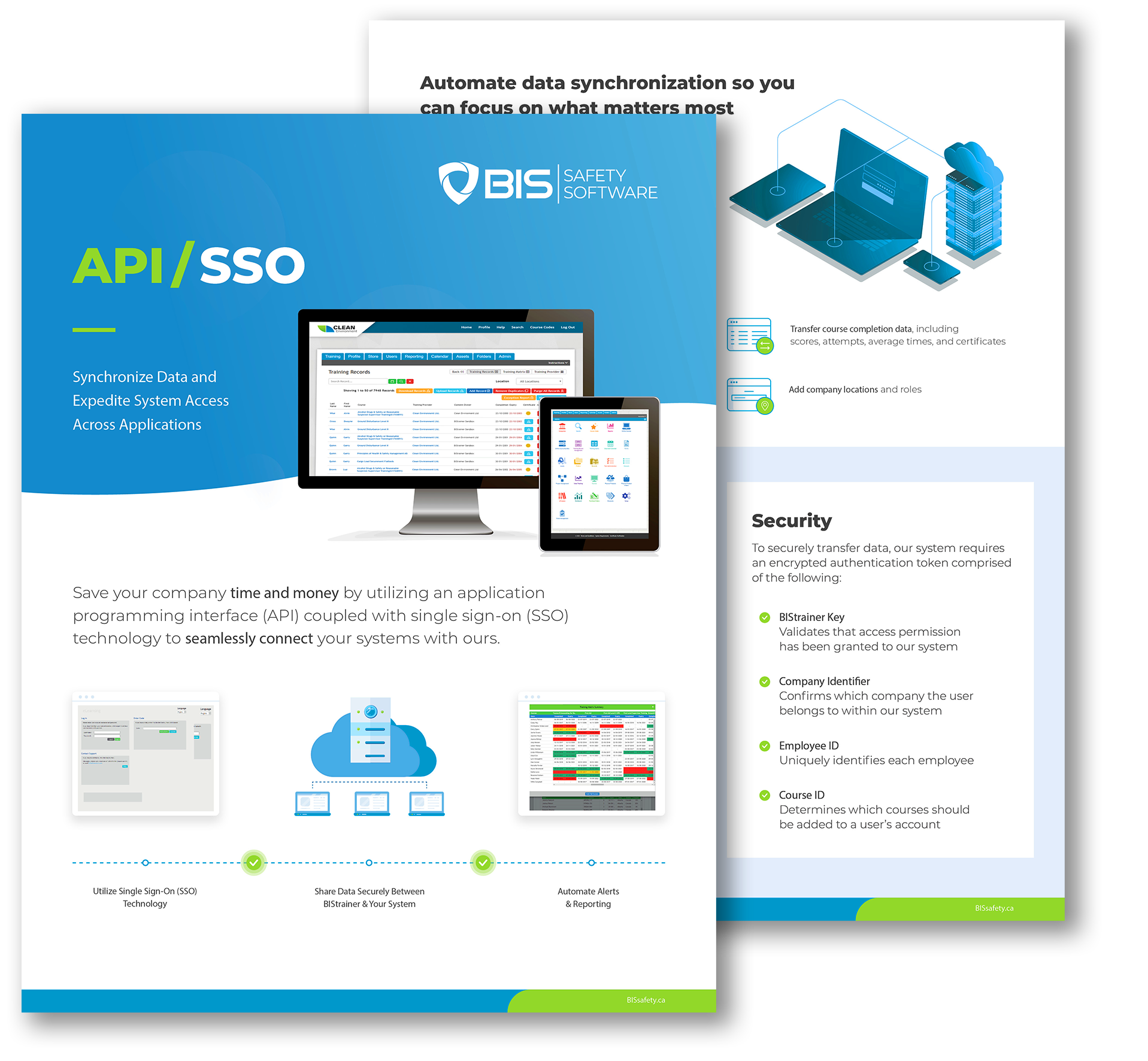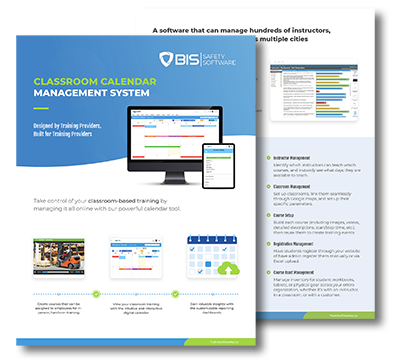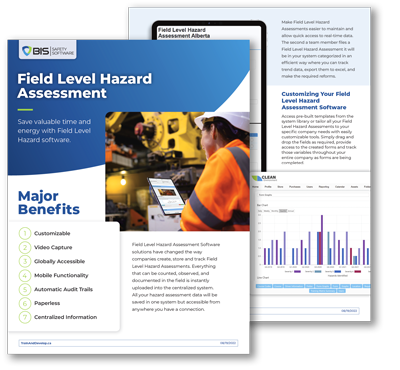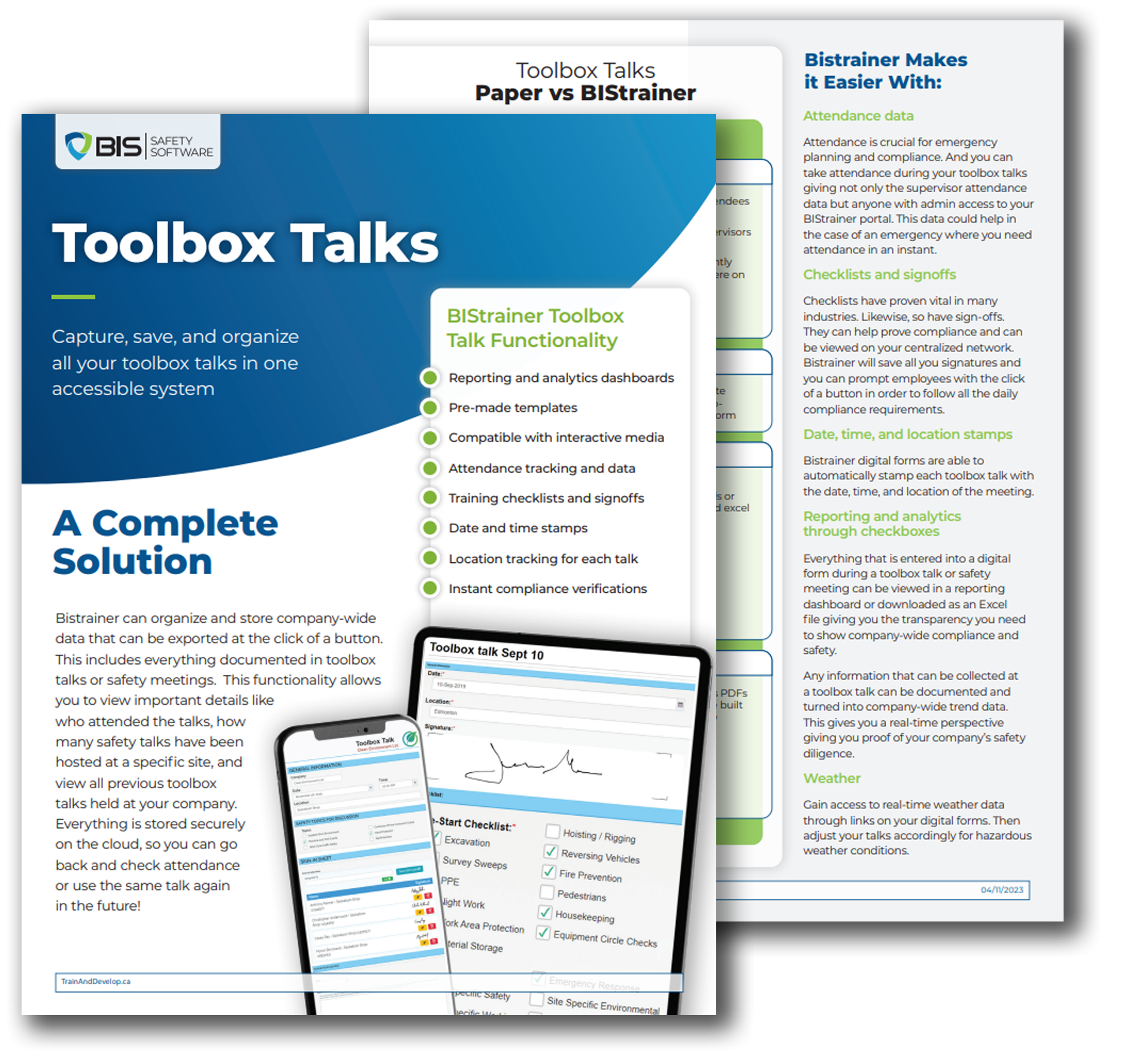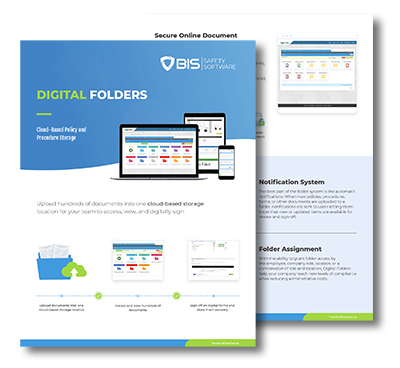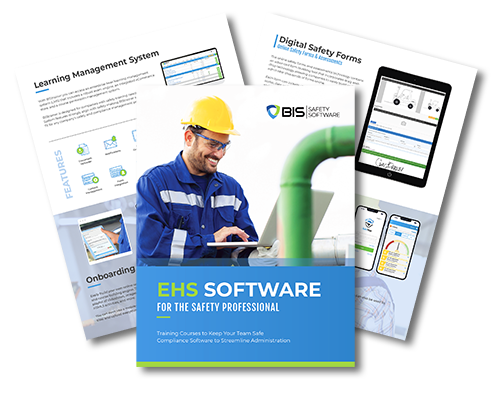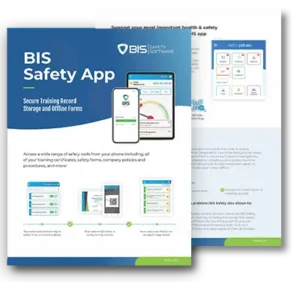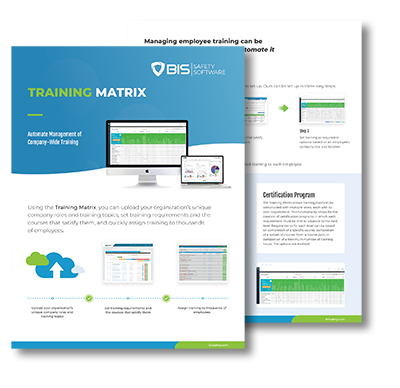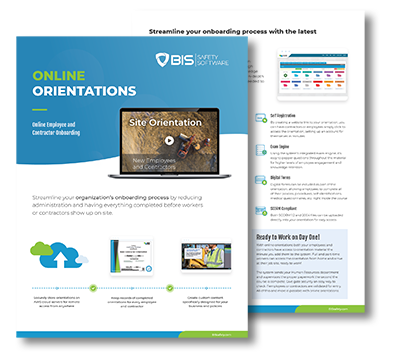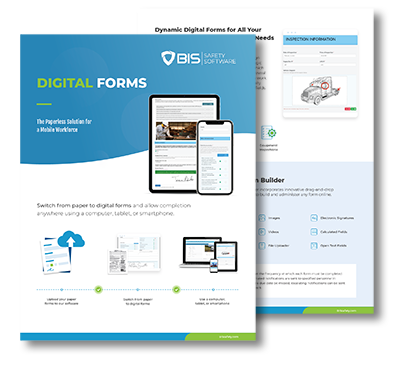BIS Safety Software
Airborne Diseases: You Need to Know
Ensuring safety when faced with possible exposure to blood-borne or airborne pathogens is critical in maintaining the health of your workforce. This program will equip you with the essential knowledge to recognize blood-borne and airborne pathogen risks, understand exposure control measures, and be aware of the necessary steps in case of an exposure incident.

Securing the safety of your workforce is a prime concern. Competence in handling potential exposure to blood-borne or airborne pathogens is crucial in maintaining their health. In this educational program, ‘Airborne Diseases: You Need to Know’, you will be guided on how to recognize blood-borne and airborne pathogen risks, understand exposure control measures, and the necessary steps to take should an exposure incident occur.
This web-based ‘Airborne Diseases: You Need to Know’ course encompasses the following subject matters:
- Definition of airborne pathogens
- Clarification on how airborne diseases are propagated in the workplace
- Listing of strategies to prevent the transmission of airborne diseases in the work environment.
Estimated duration of 7 minutes
Assessment is carried out throughout the course. Examination questions are framed to reinforce the knowledge imparted and are obligatory for all participants. A score of 80% is required to earn a certificate of completion. If the pass mark is not achieved on the first attempt, participants are allowed to retake the course three times.
Upon successful completion of the course, participants will be able to generate a certificate of completion via the learning management system.
Course Details
Course Length
This course will take roughly 7 minutes
Passing Mark
To pass this training course, you need to score 80% or higher on the quiz
Certificate
Upon the successful completion of this course a certificate with your name will be stored on your profile and available to print
Additional Training Courses

Electrocution Hazards in Construction
This web-based training explores strategies for safeguarding against electrical dangers and electrocution within construction settings, alongside the obligations of employers in these areas.

Dairy Workers: Feed Handling and Storage Safety
Offering a comprehensive insight into feed handling and storage, this course highlights potential risks related to this particular field of work.

Workplace Investigations Training
Our online Workplace Investigations Training course guides you through the process of conducting workplace investigations, equipping you with the skills to foster a safer...






